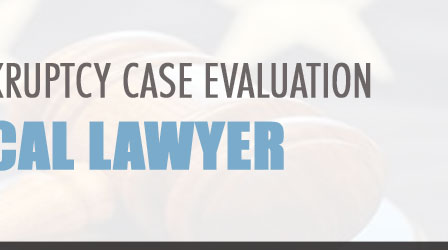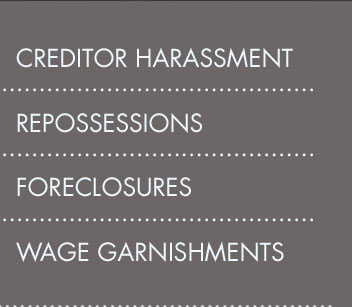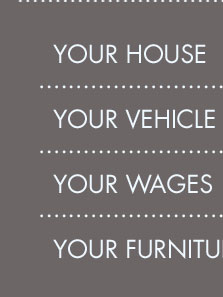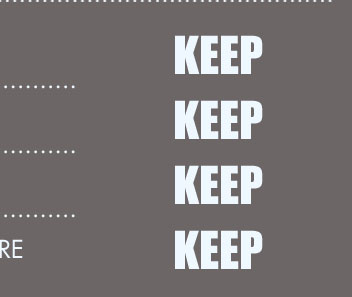 |
 |
 |
|---|
 |
 |
 |
|---|---|---|
 |
 |
 |
 |
 |
 |
|---|---|---|
 |
 |
 |
 |
How to File Bankruptcy Yourself: A Comprehensive Guide
Filing for bankruptcy can be a daunting process, especially if you decide to do it yourself. However, with careful preparation and understanding, you can navigate this process effectively. This guide will walk you through the essential steps of filing for bankruptcy on your own.
Understanding Bankruptcy Types
Before you begin, it's crucial to understand the different types of bankruptcy available. The two most common for individuals are Chapter 7 and Chapter 13.
Chapter 7 Bankruptcy
Chapter 7 bankruptcy is often referred to as 'liquidation bankruptcy.' It involves the sale of a debtor's non-exempt property and the distribution of the proceeds to creditors.
Chapter 13 Bankruptcy
Chapter 13 is known as 'reorganization bankruptcy.' It allows you to keep your property and repay debts over time, typically three to five years.
Steps to File Bankruptcy Yourself
1. Gather Necessary Documentation
- Income records from the past six months.
- A list of all debts, including credit cards, loans, and other liabilities.
- Details of your assets, including real estate, vehicles, and other significant property.
- Monthly living expenses documentation.
2. Complete Credit Counseling
Before filing, you must complete a credit counseling session with an approved agency. This session typically lasts about 60 to 90 minutes and can be completed online or over the phone.
3. Fill Out Bankruptcy Forms
You'll need to complete several forms, which can be downloaded from the U.S. Courts website. Ensure accuracy to avoid delays in your filing process.
4. File Your Petition
File the completed forms with the bankruptcy court in your jurisdiction. Be prepared to pay a filing fee unless you qualify for a fee waiver.
Potential Challenges and Considerations
Filing for bankruptcy without professional assistance can be challenging. You must be prepared to handle complex legal paperwork and court requirements. If at any point you feel overwhelmed, consider reaching out to a bankruptcy attorney in Hillsboro, Oregon for guidance.
After Filing: Next Steps
Attend the Meeting of Creditors
Also known as a 341 meeting, this is where creditors can ask you questions about your financial situation and bankruptcy forms.
Complete Debtor Education Course
After filing, you must complete a debtor education course to receive a discharge of your debts.
Receive Your Discharge
Once you complete all necessary steps, the court will issue a discharge order, officially relieving you of your qualifying debts.
FAQ
Considering a professional to assist with your filing process could provide peace of mind. For expert help, you might want to consult a bankruptcy attorney in Irvine.
In Form 101, the voluntary petition, you explain why you're filing, what you've done to improve your finances and more. Other forms require you ...
You can go to the United States Bankruptcy court website site and they have every form you need. They even have them all organized in a packet ...
You don't always need an attorney when filing individual bankruptcy on your own or "pro se," the term for representing yourself.
![]()